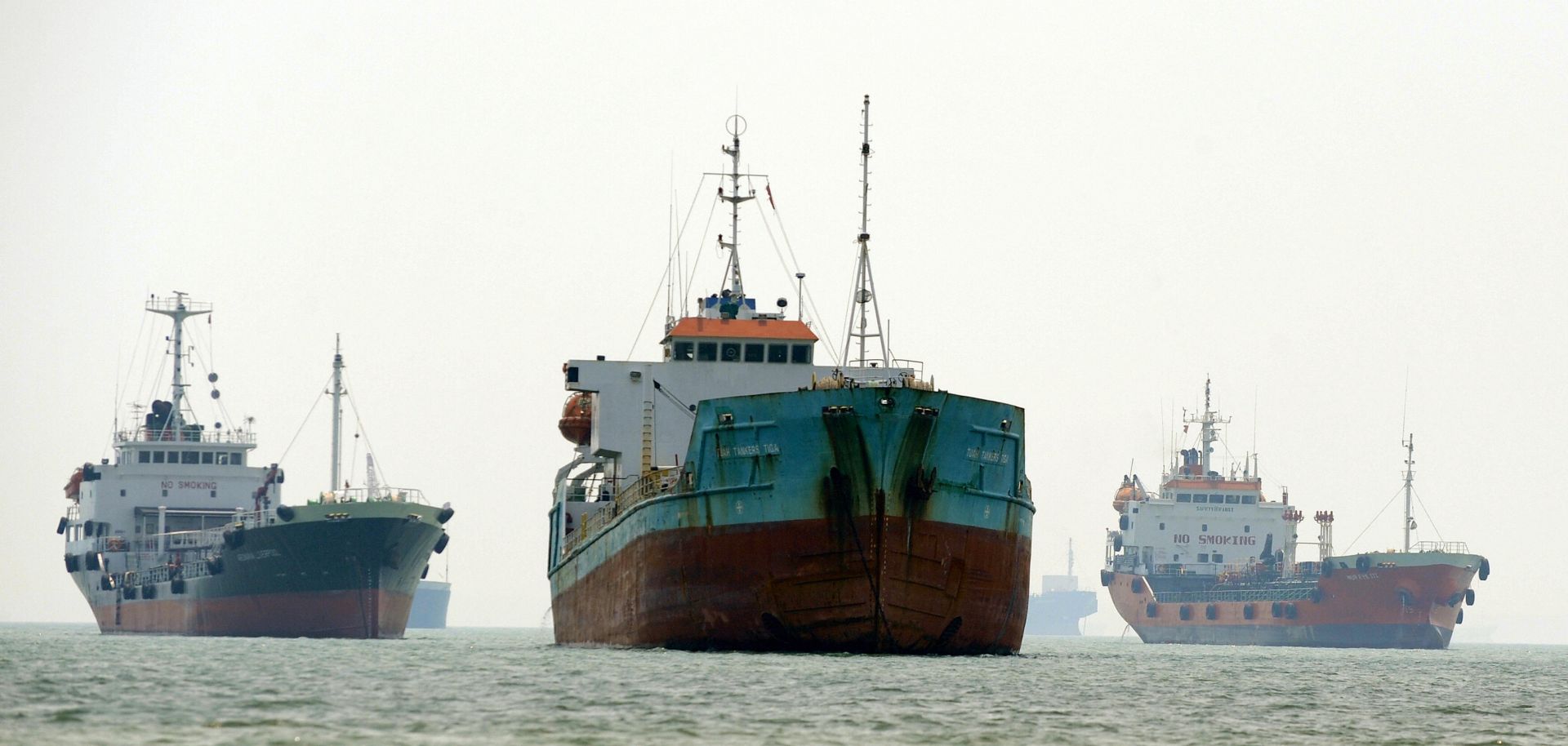ASSESSMENTS
Avoiding Dire Straits in Southeast Asia
Nov 17, 2017 | 15:35 GMT

Booming trade in the Strait of Malacca is breathing life once again into the idea of building a canal through Thailand's Kra Isthmus.
(SAEED KHAN/AFP/Getty Images)
Highlights
- As booming trade further increases traffic through the Strait of Malacca in the coming decades, regional powers will revisit the idea of building a canal through Thailand's Kra Isthmus, despite lingering questions over the project's commercial viability and technological feasibility.
- Any meaningful development on the proposed canal will depend on whether Thailand can manage the separatist groups in the southern part of the country and the competing interests of foreign powers vying for influence on its territory.
- Though China has the financial means and technical know-how to bring the proposed Kra Canal to fruition, Beijing will be hesitant to pursue the project at the risk of jeopardizing its relationships with the other states along the Malacca Straits.
Subscribe Now
SubscribeAlready have an account?
